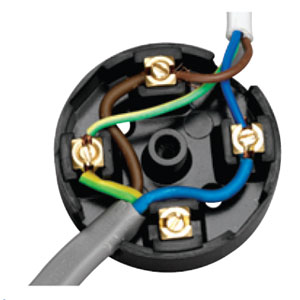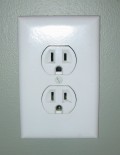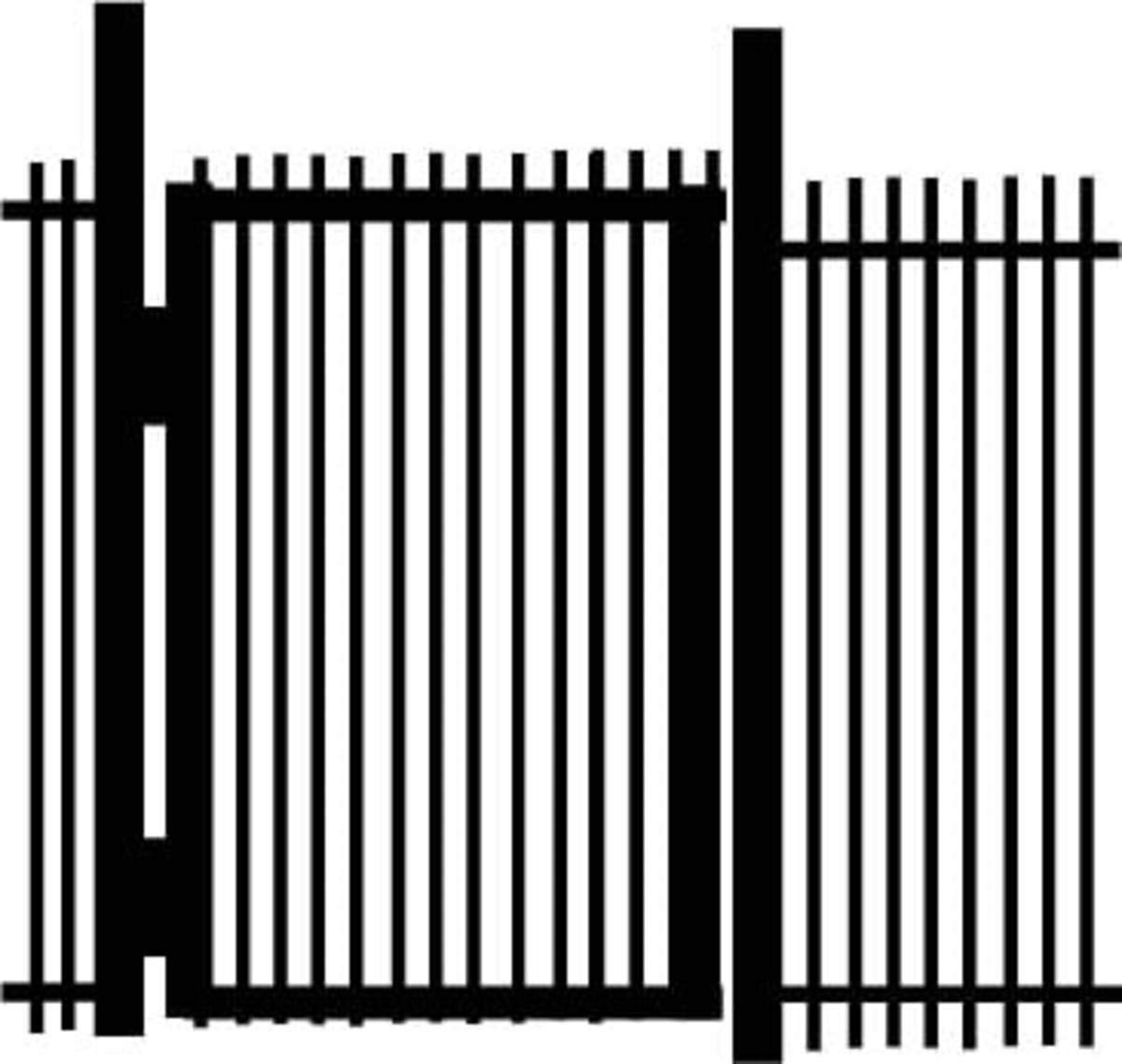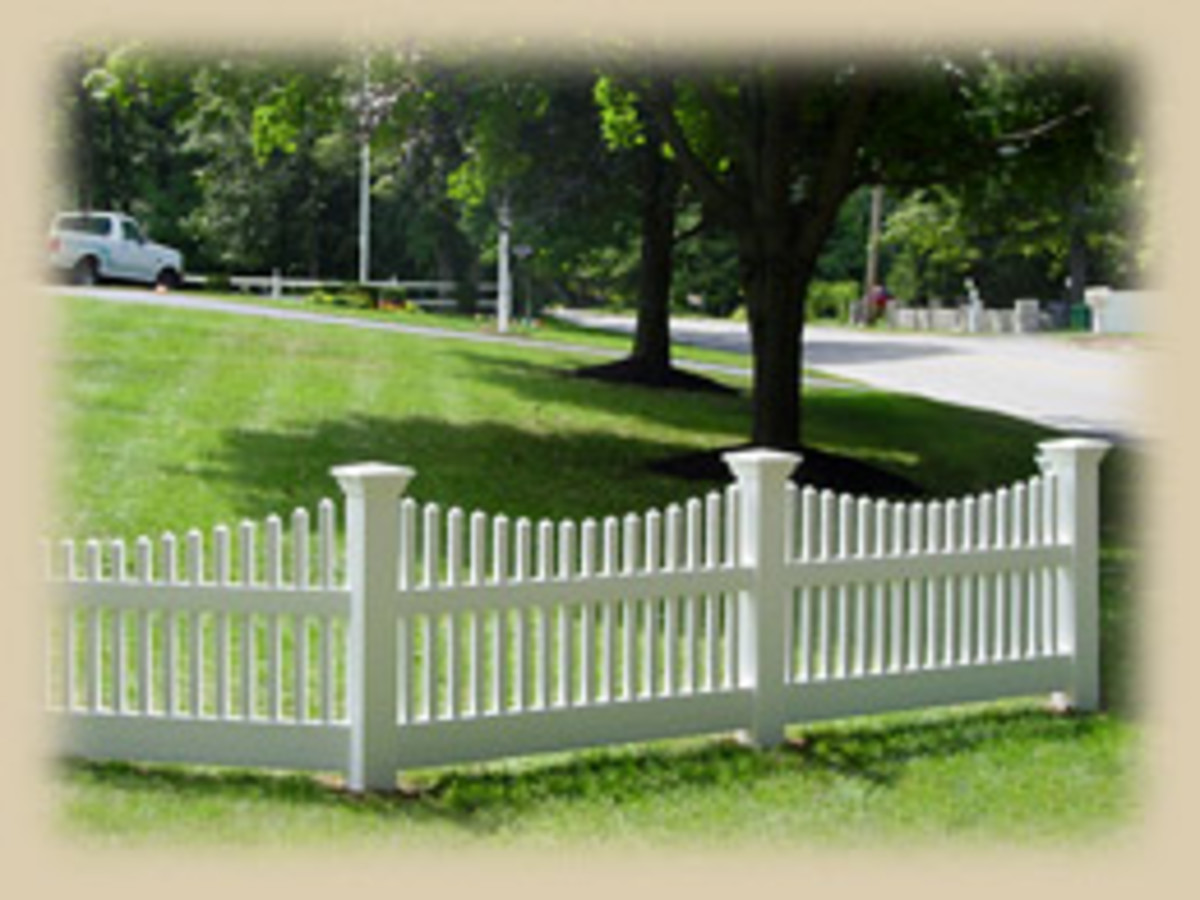The wiring regulations

The wiring regulations
Session 6
Contents
6.1 History of the IEE wiring regulations
6.2 Plan of the 15th edition of the IEE wiring regulations
6.3 Sequence of design steps
Aim
The aim of this session is to teach you the basis of the IEE Wiring Regulations.
Specific Objectives
At the end of this session you will be able to:
1. Briefly recall the history of the Wiring Regulations
2. Briefly describe the plan of the 15th Edition
3. Identify a Regulation in terms of the all number identification system and
search for it in the Regulations.
4. State a possible sequence of steps that may be implemented in the design of an installation.
5. Explain the meaning of some of the commonly used terms in the Wiring Regulations.
Introduction
In the previous lesson we learnt that the main legal enactment regarding the electrical installations in the Electricity Act and that under this Act, Electrical Installations must satisfy the IEE Wiring Regulations. Why has the IEE Wiring Regulations been specified? Why not some local regulation? Probably the Regulations of the London Institution were originally specified because we were under the British rule at the time of the original Ordinance in 1906. We continue to use it as our regulation as for one thing drawing up afresh a regulation of that nature for Sri Lanka is not a feasible proposition, for another thing our electricity system is based on the British pattern and finally the IEE Wiring Regulations have been drawn up after careful thought and presently in line with International Wiring Regulations.
6.1 History of the IEE wiring regulations
In 1882, the Society of Telegraph Engineers and of Electricians published their "Rules and regulations for the prevention of fire risks arising from electric lighting". These are now recognised as the first edition of the IEE Wiring Regulations. These original regulations were very brief and covered just 4 pages of print. The Society was the predecessor of the IEE. The first edition covered the topics dynamo machine, the wires, lamps and danger to person, as these were the important topics at that time for public lighting. With time the content and title of the regulations underwent various changes from edition to edition, the work being undertaken by the IEE Wiring Regulation Committee. The Wiring Regulation Committee are a group of members of the IEE who serve as individual experts together with representatives of other professional institutions, government departments, nationalised industries and electrical contractors and manufacturers associations. The 15th Edition is based on internationally agreed installation rules. The two international bodies responsible are the International Electromechanical Commission (IEC) and the European Committee for Electro technical standardization (CENELEC). These are voluntary standards bodies made up of representatives of member countries, and do not place any compulsion on the National Committees. However National Committees are expected to adopt IEC standards insofar as National Conditions permit. IEC Technical Committee 64 formulated the International publication on Electrical Installations (namely IEC Publication 364) on which the present 15th Edition of the IEE Wiring Regulations is based.
6.2 Plan of the 15th edition of IEE wiring regulations
Since the 15th Edition of the IEE Wiring Regulations is the guidance for designer of electrical installations, let us first study the layout of the Regulations.
Its chapters, sections, parts etc are not numbered in identical manner to normal textbook so that you may at first get confused. However, once you understand the plan, searching through the Regulation becomes quite easy. The Regulations is divided into six parts followed by 16 appendices.
Each part is numbered consecutively with the first of each group of digits. These parts are divided into chapters, identified by a second digit, and chapters are split into sections, to which the third digit applies. Following this is a hyphen and a Regulation number.
We will first see what the 6 parts are.
Part 1 gives the overriding requirements.
(These are the scope, object and fundamental requirements for safety.)
Part 2 gives the underlying definitions.
(These give the sense in which certain terms are used throughout the Regulations).
The subsequent parts give the body of the Regulations. These are:
Part 3 deals with the identification of the risk or hazard.
(These identify the characteristics of the installation, or part of an installation, that will need to be taken into account in choosing and applying the requirements of the subsequent parts).
Part 4 describes the basic measures of protection against the various risks and the circumstance for which the measures are suitable.
(These are for the protection of persons, livestock, and property against the hazards that may arise from the use of electricity).
Part 5 deals with the requirements for the selection and erection of equipment.
Part 6 covers the inspection and testing that is required to be carried out to check that the installation concerned complies with the wiring Regulations.
There is a great amount of cross-referencing between the parts. Figure 2.1 shows diagrammatically the correlation between the important parts, chapters and sections of the Fifteenth Edition.






